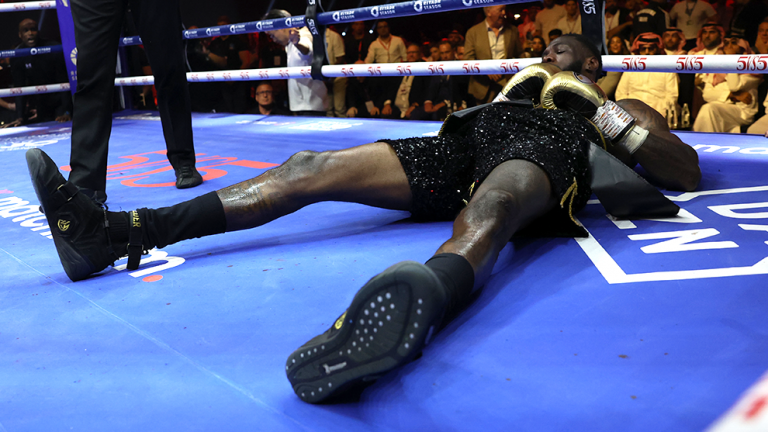Yesterday’s Heroes: Remembering a time before York Hall
BETHNAL GREEN’S York Hall is London’s last surviving example of the old-fashioned small halls that predominated throughout the capital for more than 100 years. Although the hall did not stage its first professional tournament until 1967, it has since become the most iconic venue within the sport in the UK, the place where dreams start and careers end.
In January 1950 there were such places where one could see professional boxing in London, sometimes weekly but usually at least twice a month. The Manor Place Baths at Walworth, the Romford Road Baths in West Ham, the Caledonian Road Baths at Islington, the High Road Baths at Leyton and the Lime Grove Baths at Shepherds Bush all ran regular shows that month, and they, and others, continued to do so throughout the early 1950s.
In the summer one could also watch some great stuff in the open air at the Mile End Arena and at the Merry Fiddler’s Sports Ground in Dagenham. The Government’s imposition of entertainment tax in 1952 placed a huge burden on small hall promoters and these shows became far less frequent as a result. Throughout the 1960s and 1970s many of these small halls continued to operate but with far fewer shows than had previously been the case. I know quite a few old timers who remember regularly attending one of these venues during the early 1960s and they speak fondly of the quality of the boxing, the general atmosphere and the sense of history, that permeated these wonderful old places.
I include two photographs this week, one of them taken at the Seymour Hall in Marylebone in 1953 and the other at Manor Place Baths in Walworth 10 years later. In the first image the ex-British lightweight champion, Billy Thompson of Hickleton Main can be seen stopping Harlow’s Johnny Fish in five rounds. Fish looks battered around his nose and mouth, but he was a tough cookie, and he gave Thompson plenty to think about that evening.
What I like about the photo is that it includes the ubiquitous camera with its flash attachment poking through the ropes. So many iconic 1950s ringside shots from the States have plenty of these and they really add to the sense of place and period. Upstairs in the balcony, a St John’s Ambulanceman can be seen enjoying the scrap and another one is visible a few rows back from ringside.
In the 1963 photograph, Chris Elliott of Leicester can be seen slipping away from a left jab delivered by Bow favourite, Billy the Kid Davis. Elliott went on to win the bout on points and this picture beautifully encapsulates what it was like to watch boxing at the famous venue, which closed its doors for the last time on April 24 1978 when Ray Cattouse, Austin Oyoke and Joey Singleton all topped the bill in eight rounders.
A number of well-dressed observers can be seen up in the balcony, where the view of the boxing was superb, and they all look like proper fight fans. Mike Barrett was the promoter at Walworth at this time, and he also promoted at the Grange Road Baths in Bermondsey and at the Municipal Baths in Epsom. He became one of the most influential men in British boxing during the 1970s when, along with Mickey Duff, Harry Levene and Jarvis Astaire, he promoted most of the big fights at Wembley and at the Royal Albert Hall.
During the 1970s, Manor Place Baths, York Hall and the Seymour Hall all remained as active venues, as did the Town Hall at Shoreditch, but today there is only the York Hall left. If you have never been to see boxing at this wonderful old place, then I implore you to do so. If ever the York Hall goes, then London’s historic link to the likes of The Ring Blackfriars, Wonderland and Premierland will be lost forever, and that will be a very sad day indeed.



